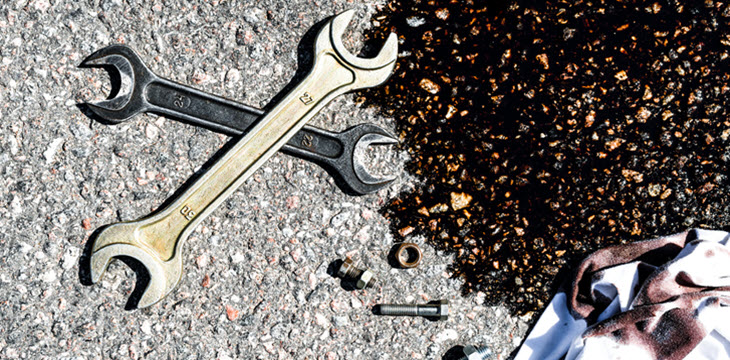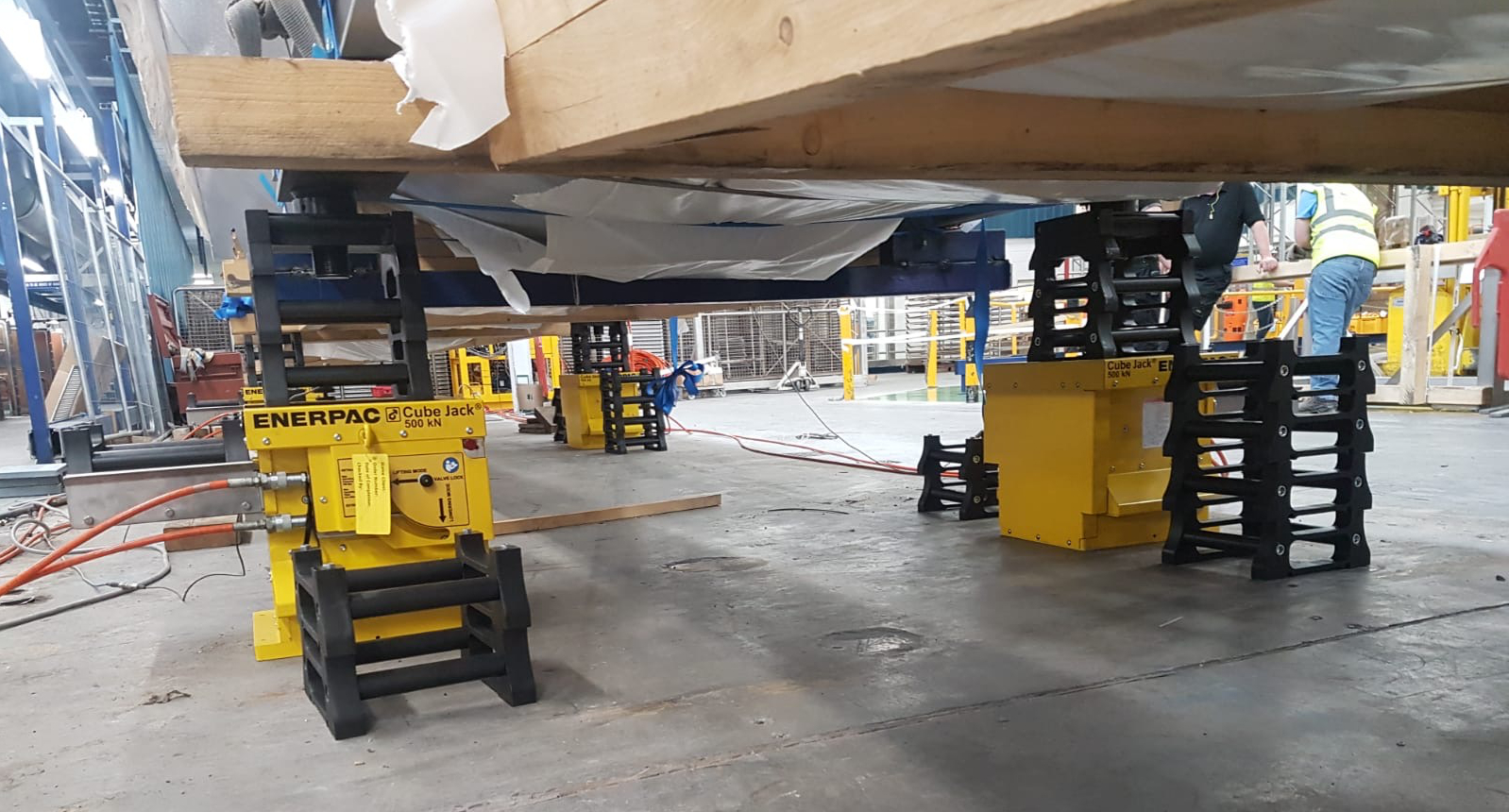Products & Services Industry Guides

A hydraulic jack is a powerful mechanical device widely used for lifting a certain range of heavy loads by applying force through hydraulic fluid.
This hydraulic fluid gives the jack a mechanical advantage to facilitate lifting processes as it transmits a large force from an initial small force through the displacement of a large piston.
The hydraulic jack comprises a reservoir, a pump, a piston, and a hydraulic fluid which transmits the force exerted, causing the piston to move upward.
Despite their efficiency, hydraulic jacks can encounter various issues if their maintenance need is not met or simply from wear and tear.
This article will address common issues and solutions for hydraulic jacks, including frame damage, lowering problems, oil leaks and slow release.

Abrasive contaminants and high operating pressure can often contribute to damaging your hydraulic jack seal, both in hydraulic bottle jacks and floor jacks.
In addition, prolonged use will add pressure to the seals, causing wear and tear over time which will compromise their integrity.
You can easily solve this issue by removing the old seals and replacing them with new ones, by following the proper solution steps.
Inspect the seals and browse for deformation or any sign of wear and tear.
If there are any, you can carefully remove the old seals from hydraulic jacks with tools such as seal pullers or seal picks.
Before installing a new seal, make sure to clean the hydraulic jack components, including the seal grooves, piston, and cylinder bore.
Ensure there are no signs of leaks by doing an operation test after the reassembly.

Oil leaking and foaming oil are other common issues encountered in the jack, hindering its efficiency in lifting loads easily.
Various factors might cause this problem in your hydraulic systems, and typically the causes would be loose or damaged fittings, inadequate fluid level, overheating and damage to the cylinders.
In addition, an internal oil linking can also happen from damaged o-rings or corroded metal parts which causes the excess oil to leak.
You can take a few steps to deal with oil leaks and foaming oil as listed below:
The first thing to do when dealing with an oil leak is to identify the source.
It is easier to find a leak when your floor jack is bathed in oil, but it becomes more complicated when the area is out of sight.
You can opt for visually inspecting the jack by removing the plate which covers the parts of the hydraulic jack. This also helps to spot oil leaks in hidden locations.
You need to check some key spots, including the bleeder valve, filler cap, screws on top of the jack, and pump handles.
Do fluid maintenance such as regularly checking the hydraulic fluid level to prevent foaming and contaminated oil.
Properly vent the hydraulic system to eliminate air entrainment and reduce foaming.

A hydraulic jack's movements depend on the pressure of the fluid, which affects the release of the pressure and its extension as well.
There are a few ways in which hydraulic fluid will cause slow release and faulty extension:
Low levels of hydraulic fluid
The presence of contaminants in the jack's component
Extreme weather changes the viscosity of the fluid.
You can solve this problem by following these steps:
Place the hydraulic jack on a stable and level surface.
Check the release valve for any signs of damage, corrosion or blockage.
Inspect the hydraulic fluid level, and top it up if it is low by following the manufacturer's recommendation.
Open the release valve to bleed air from the system and ensure no air is trapped in the hydraulic system.
Dissemble the hydraulic jack to check for degradation or damage.
Reassemble the jack and test it by pumping it to build pressure.
Do a final inspection to make sure there are no other issues or leaks.

In conclusion, utilising the appropriate troubleshooting method for your hydraulic jacks is paramount to ensuring their optimal performance and longevity.
By identifying and addressing issues such as slow release, leaks and foaming oil, you can prevent costly repairs and enhance operational efficiency.
Prioritise regular maintenance, adhere to manufacturer guidelines, and seek professional assistance when necessary.
If you need professional assistance for troubleshooting or maintenance repair for your hydraulic jack, you can consult our team of experts in SLSPRO.
You can also browse our extensive hydraulic jack selections on our website.
Get in touch with us for professional help and greater operational efficiency today!
High-quality industrial tools for efficient and reliable performance in construction, manufacturing, automotive, aerospace, and more.
Find Out MoreHigh-quality industrial tools for efficient and reliable performance in construction, manufacturing, automotive, aerospace, and more.
Find Out More
 Contact Us
Contact Us 